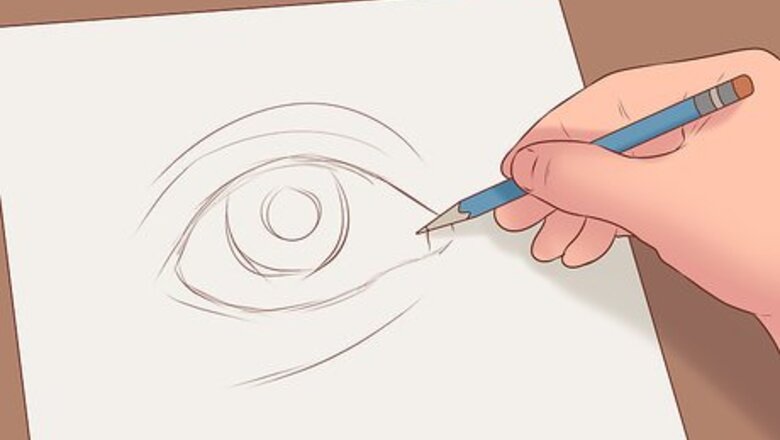
views
Sketching and Lineart
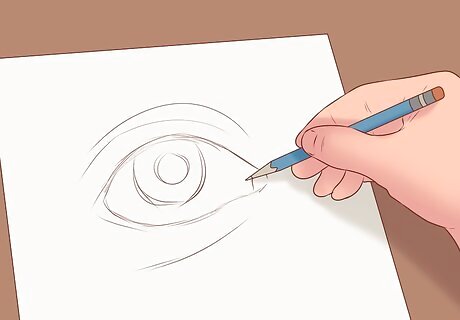
Sketch what you want to draw. One way to sketch is to draw basic shapes, such as circles and triangles. Then, connect the shapes as you see fit. Sketch a circle where you want the light source to be. You don't have to keep it in the final drawing, but it will make it easier to determine where shadows would be. Consider sketching a few light lines where the shadows will be, so you won't have to think about it later on.
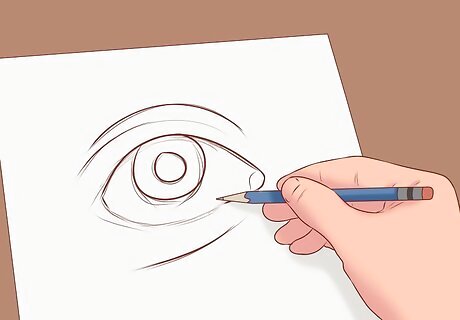
Trace over your sketch. The pressure you put on the pencil depends on the style you're going for. For realism, don't make the lineart dark; keep it in the midtones, so you can blend it with the shadows. For a cartoon style, make the lineart dark and possibly thicker, to create a defined edge.
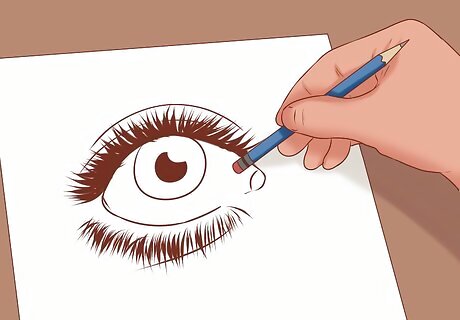
Erase your sketch. Be careful not to erase your lineart. Erase carefully, and take your time.
Shading and Toning
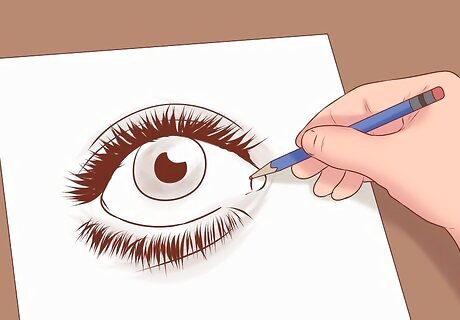
Lay down your base tones. For each area in your drawing that would have color, lightly sketch using a dull pencil to create the base tone. Don't make it dark yet. Work in small circles to create an even tone.
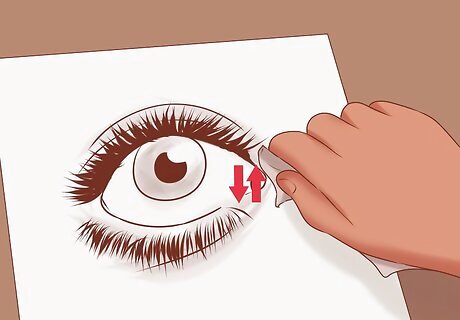
Smudge the graphite. Drag the tissue across the graphite. You could also use your finger, although that leads to oily paper and fingerprints. If you get any shadow out of the lines, and you don't want it to be, simply erase it.
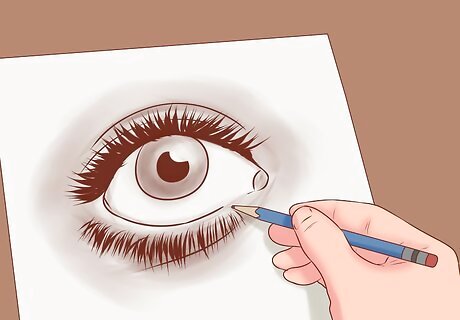
Add shadows. Sketch in layers; don't press hard for one layer, or you will create an indent in the paper. Consider your light source and where the darkest shadows would be.
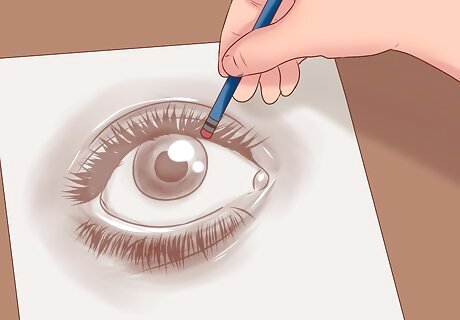
Add highlights. Erase parts of your shading in shine shapes. This can be used to make metal, dew, and other surfaces. Keep in mind that, for example, hair isn't very reflective, while eyes are. Look at reference pictures to see how reflective a surface is.




















Comments
0 comment